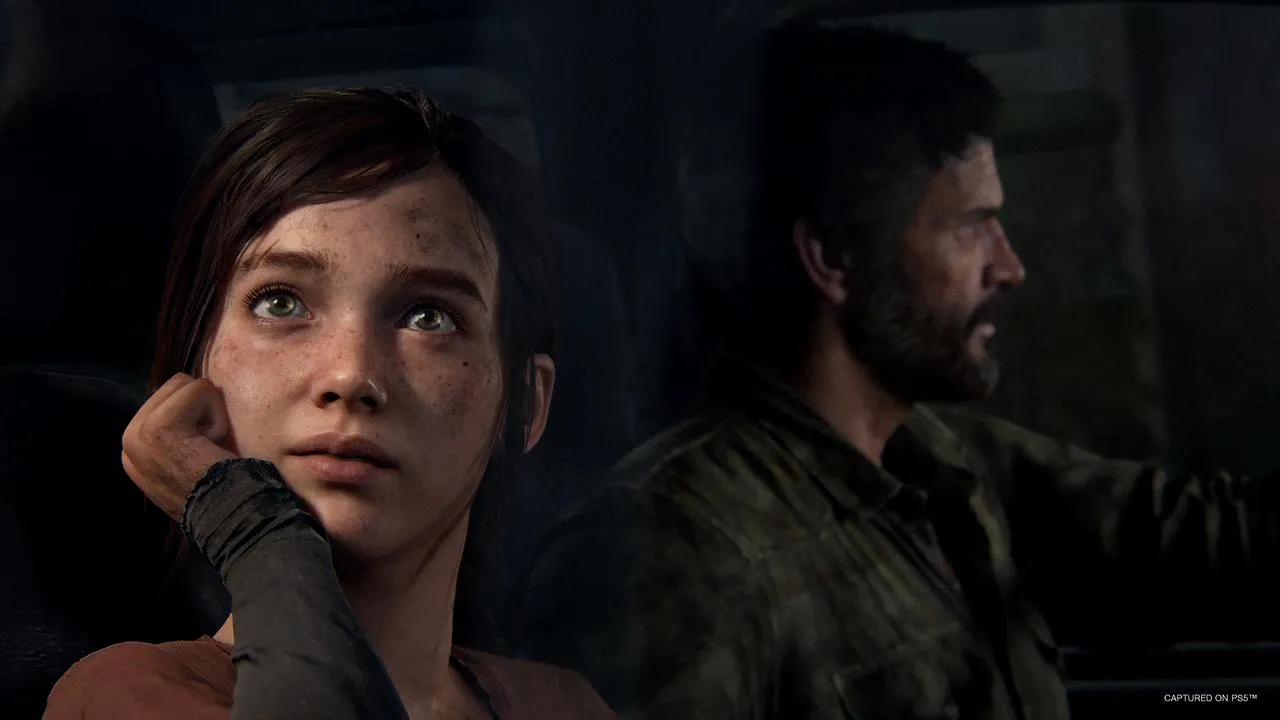
The Last of Us Part I: A Stunning Remake or Unnecessary Cash Grab?
Contents
The post-apocalyptic survival genre, popularized by works like The Walking Dead, has long been explored in various media. However, when Naughty Dog released The Last of Us at the end of the PS3’s lifecycle, it sent shockwaves through the gaming industry. Selling a record 1.3 million copies in its first week and garnering universal praise, it swept the “Game of the Year” awards and dominated the Golden Joystick Awards. Its legacy continued with the remastered version on PS4, and even the controversial The Last of Us Part II shattered sales records and became one of the most awarded games in history.
This success led to spin-offs like the comic book “The Last of Us: American Dreams” and the recent HBO series starring Pedro Pascal. Now, Naughty Dog has rebuilt The Last of Us for the PS5, dubbing it The Last of Us Part I. However, with a $70 price tag, this remake has sparked debate, particularly amidst concerns about the increasing prevalence of remakes and rumors of the project stemming from the studio’s downtime. Does The Last of Us Part I justify its price and reignite the magic of the original? Let’s delve in.
An Emotional Journey Reforged
 Joel and Ellie in The Last of Us Part I
Joel and Ellie in The Last of Us Part I
A key element of the series’ success is its narrative: a profound, poignant, and cinematic exploration of human connection amidst devastation. The Last of Us follows Joel, an ordinary man whose life is shattered by the Cordyceps brain infection pandemic that transforms humans into monstrous creatures. The game chronicles Joel’s journey of survival and his evolving bond with Ellie, a young girl with a mysterious immunity. This sets the stage for the darker, revenge-driven narrative of Part II.
 Ellie in The Last of Us Part I
Ellie in The Last of Us Part I
Under Neil Druckmann’s direction, the game’s story is so compelling that simply watching the cutscenes feels like experiencing a Hollywood blockbuster. The familiar window frame and guitar melodies evoke powerful memories, reminding players of the emotional impact of the original.
A Visual Masterpiece
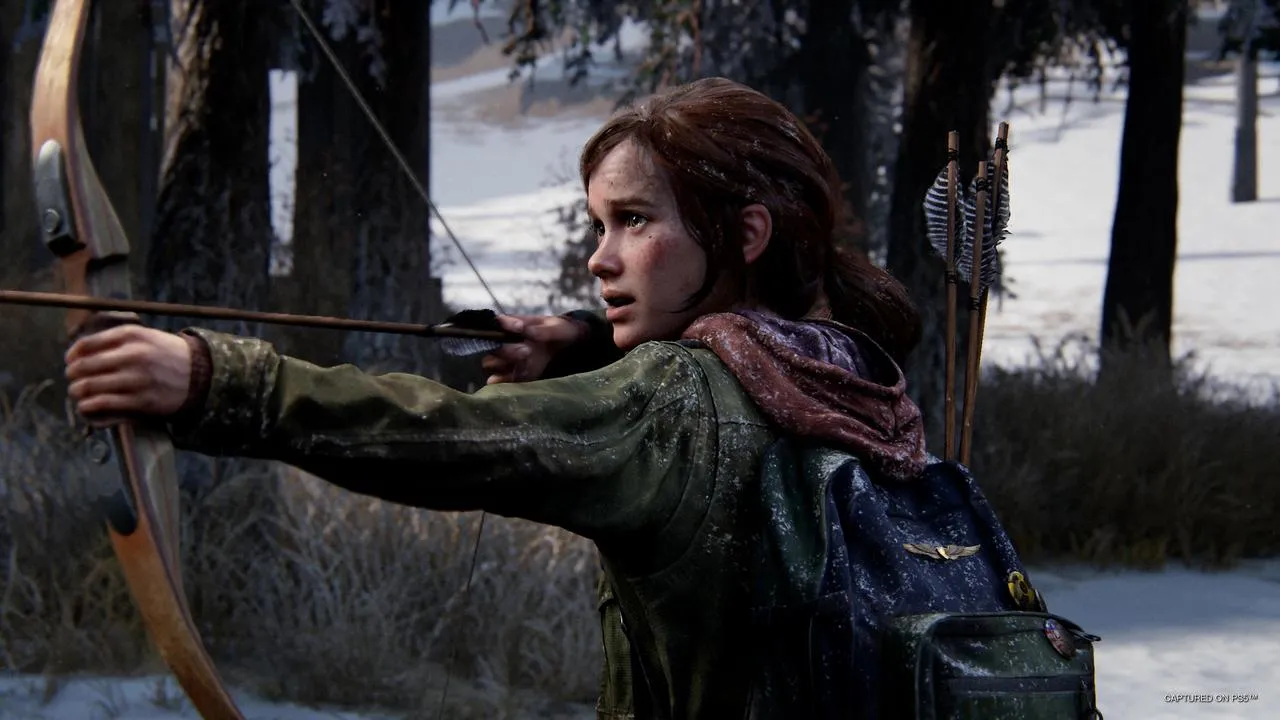 Scenery in The Last of Us Part I
Scenery in The Last of Us Part I
The Last of Us Part I boasts breathtaking graphics, arguably surpassing even recent blockbusters like Horizon Forbidden West. Naughty Dog has truly rebuilt the game from the ground up. Environments retain their original design, but geometry, vegetation, and overall detail have been significantly enhanced, creating a stunningly realistic world.
Character models have undergone a complete transformation. From minor NPCs to key figures like Bill and Ellie, everyone has been meticulously redesigned. Tess, in particular, benefits from face-scanning technology, bringing her closer to her real-life counterpart. Even Joel’s iconic face has been refined, though perhaps aged and saddened. The seamless transition between real-time rendering and cinematics blurs the line between gameplay and cutscenes.
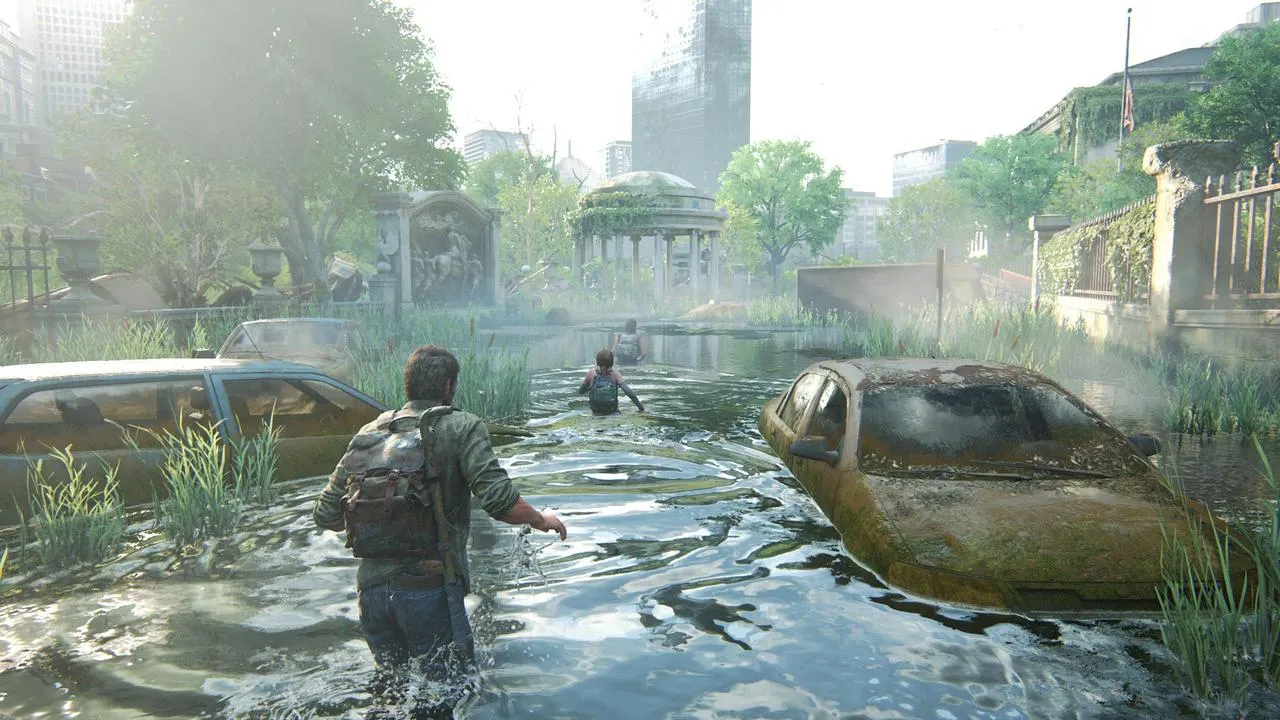 Joel in The Last of Us Part I
Joel in The Last of Us Part I
The game’s physical-based rendering is truly remarkable. Lighting, shadows, and material textures have been elevated to new heights, showcasing the power of the PS5. Explosions, water effects, and physics interactions are equally impressive, creating awe-inspiring moments throughout the desolate world.
Enhanced Gameplay and Immersive Audio
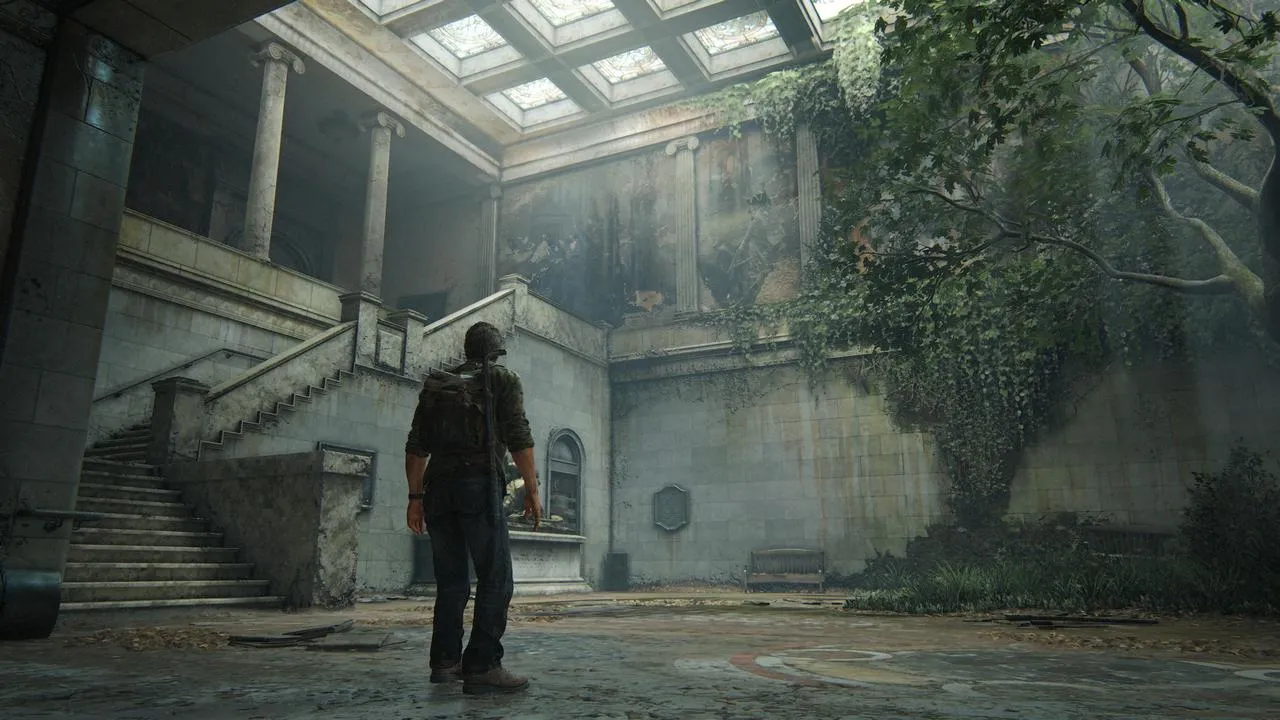 Ellie aiming a bow in The Last of Us Part I
Ellie aiming a bow in The Last of Us Part I
Animations are noticeably smoother, particularly in facial expressions and character movements. The audio design shines with a quality headset, especially one supporting 3D audio, immersing players in the game’s soundscape.
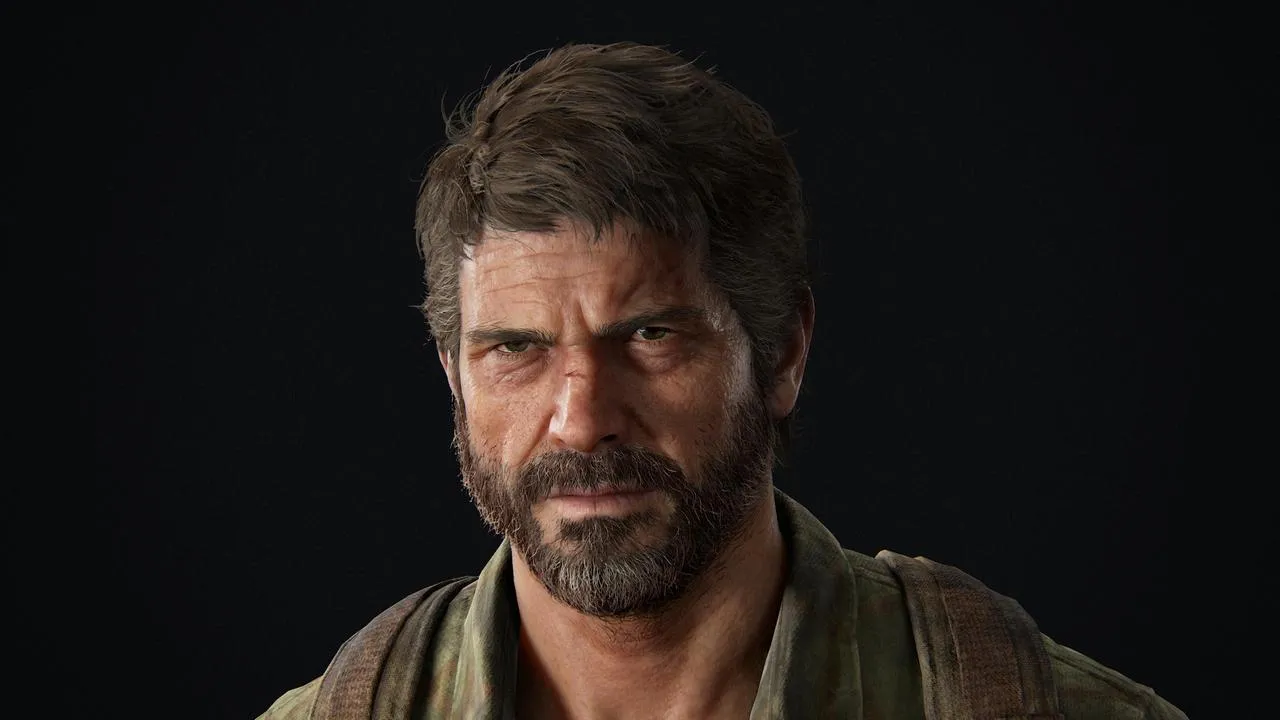 Clickers in The Last of Us Part I
Clickers in The Last of Us Part I
While core gameplay mechanics remain largely unchanged, refinements enhance combat and immersion. Players can now watch Joel upgrade his weapons in real time, and NPCs react realistically to light sources. Weapons have been rebalanced, and the DualSense controller’s adaptive triggers add satisfying feedback. The survival horror elements remain intact, with players scavenging for resources and ammunition, especially in the brutal Grounded difficulty with permadeath.
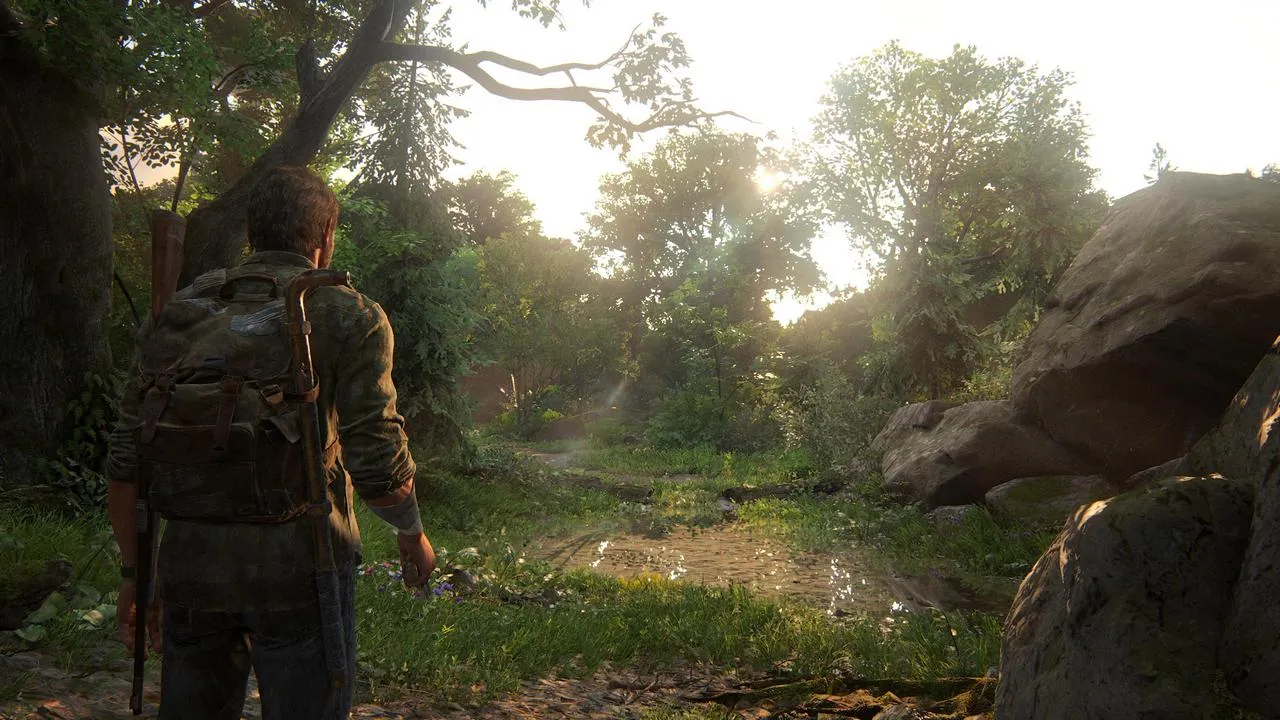 Joel fighting enemies in The Last of Us Part I
Joel fighting enemies in The Last of Us Part I
The Last of Us Part I encourages stealth and strategic resource management. However, it lacks the gameplay flexibility of Part II, partly due to the absence of prone mechanics and partly due to somewhat dated level design. This is offset by improved AI, with enemies exhibiting dynamic and aggressive behavior. Enemies now dodge gunfire and even plead for mercy, adding a new layer of realism to encounters.
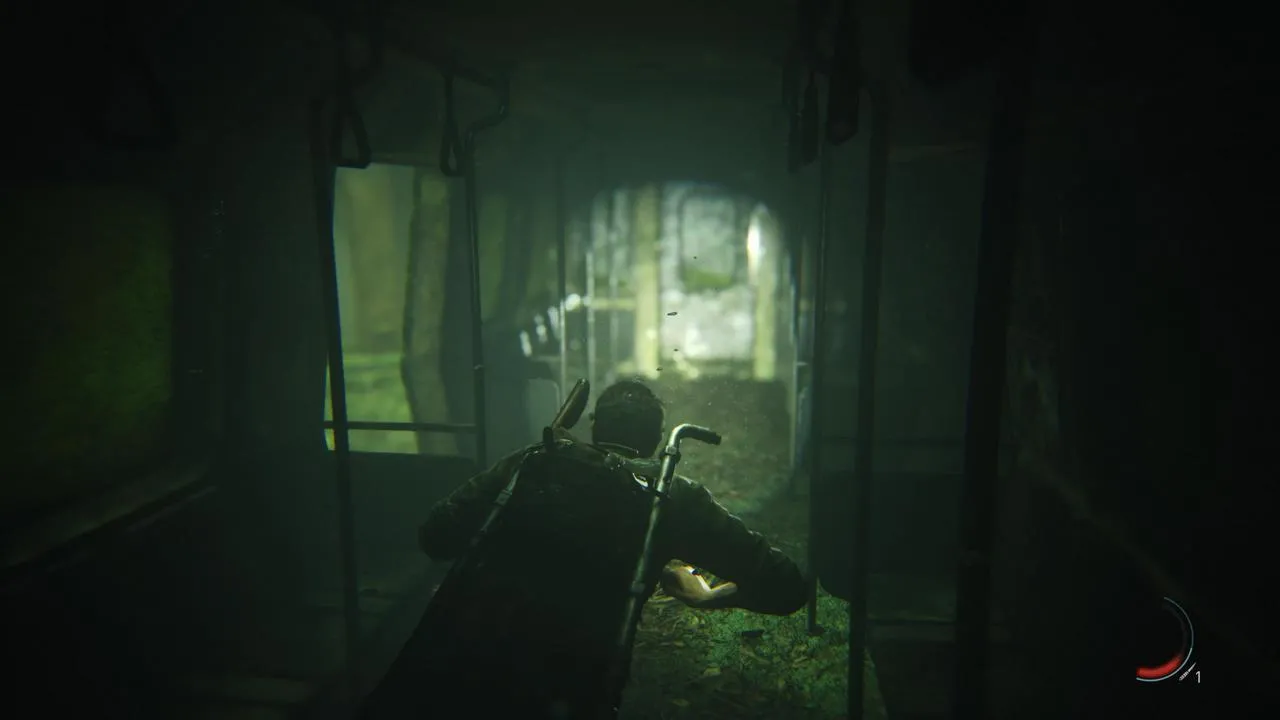 Gameplay screenshot of The Last of Us Part I
Gameplay screenshot of The Last of Us Part I
VRR support enhances performance, with unlocked framerates reaching up to 120fps in Performance Mode, delivering a smooth and exhilarating experience. Haptic feedback adds another layer of immersion, allowing players to feel the impact of rain or the varying terrain underfoot. Unlocking additional costumes and gameplay modifiers after completing the game adds replay value.
A Hefty Price Tag
 Ellie looking at fireflies in The Last of Us Part I
Ellie looking at fireflies in The Last of Us Part I
Naughty Dog has undeniably done a fantastic job rebuilding The Last of Us, but the $70 price point remains a significant point of contention. Given the success of Sony’s previous remakes, like Crash Bandicoot and Shadow of the Colossus, a price closer to $40 might have felt more justifiable. The question remains whether the visual and technical enhancements, while impressive, justify the premium cost for players who have already experienced the original.
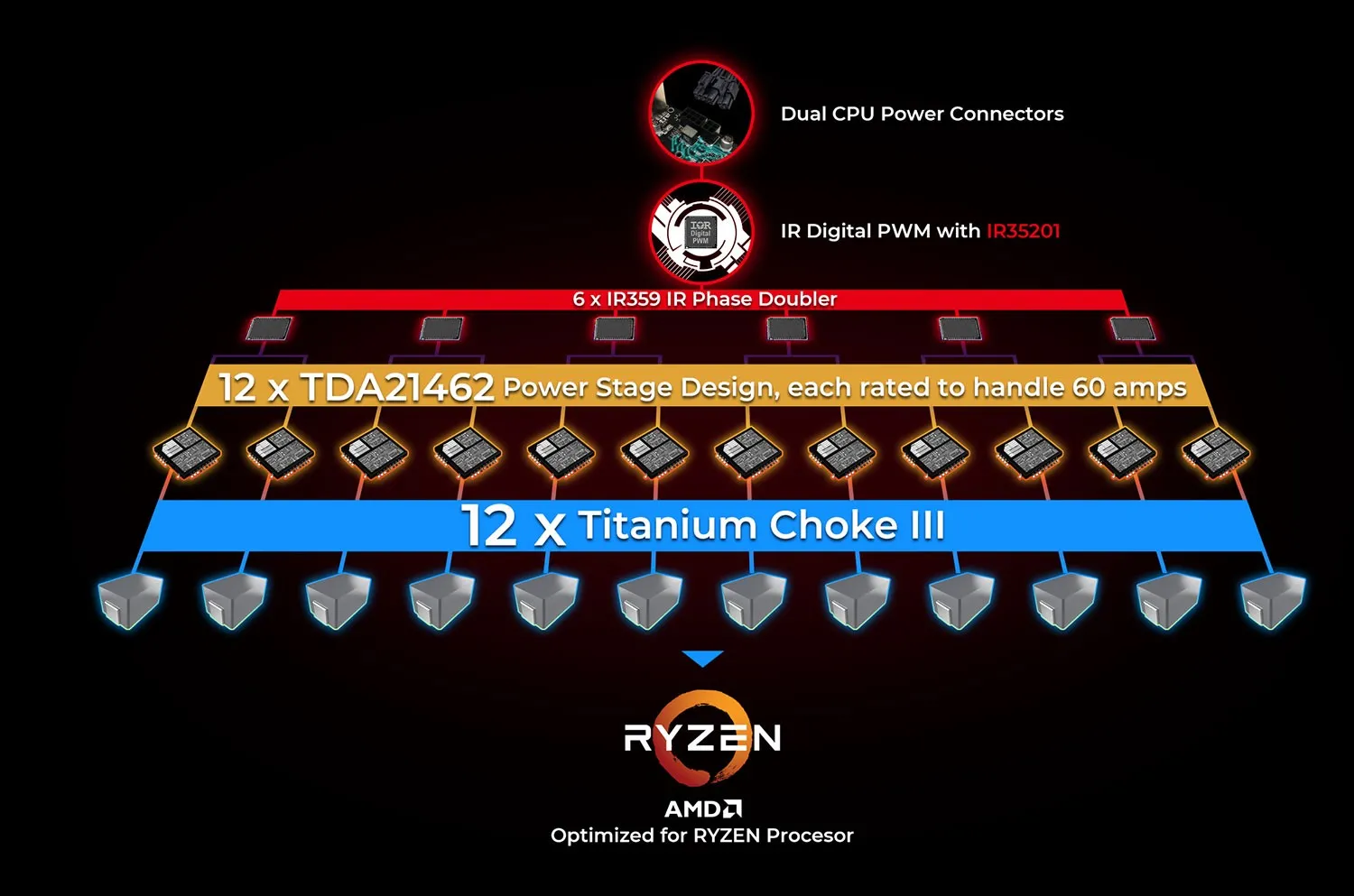

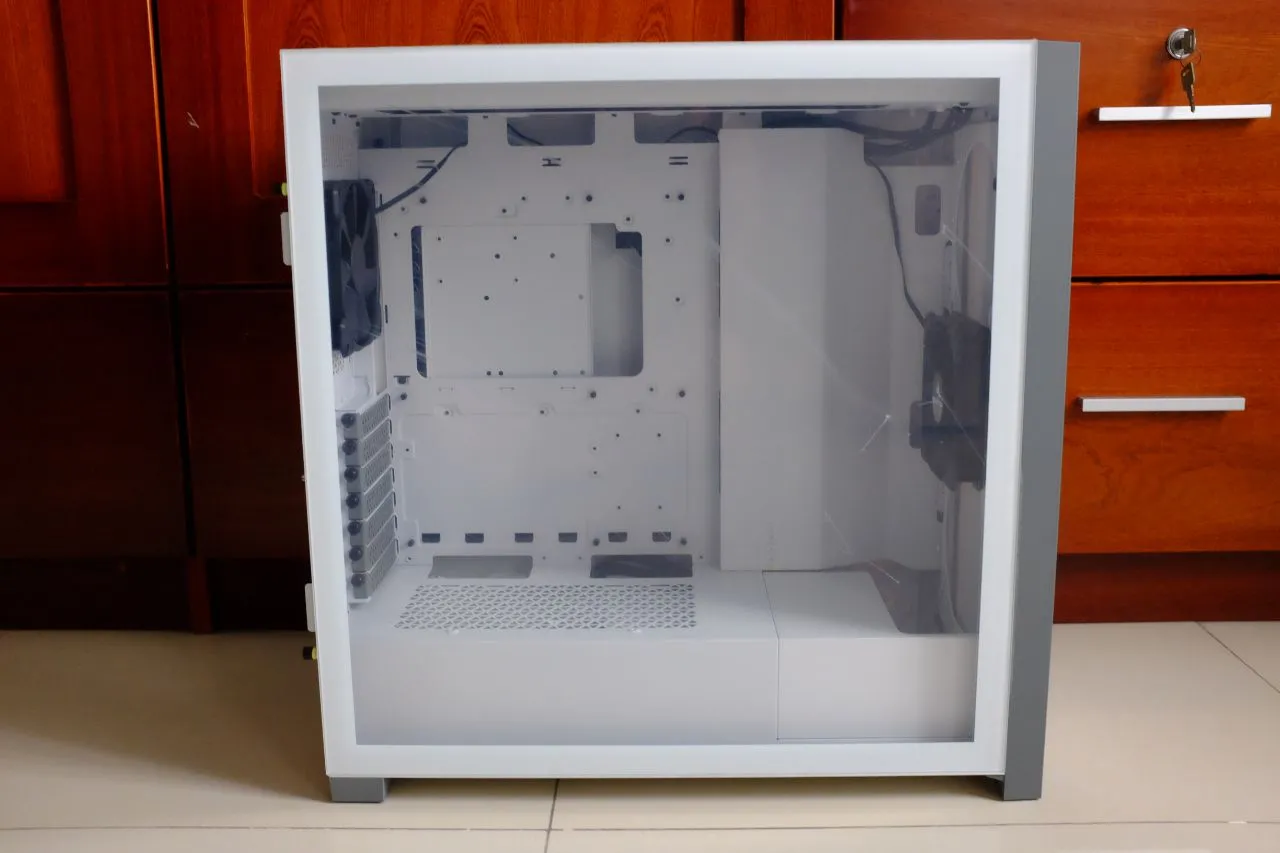
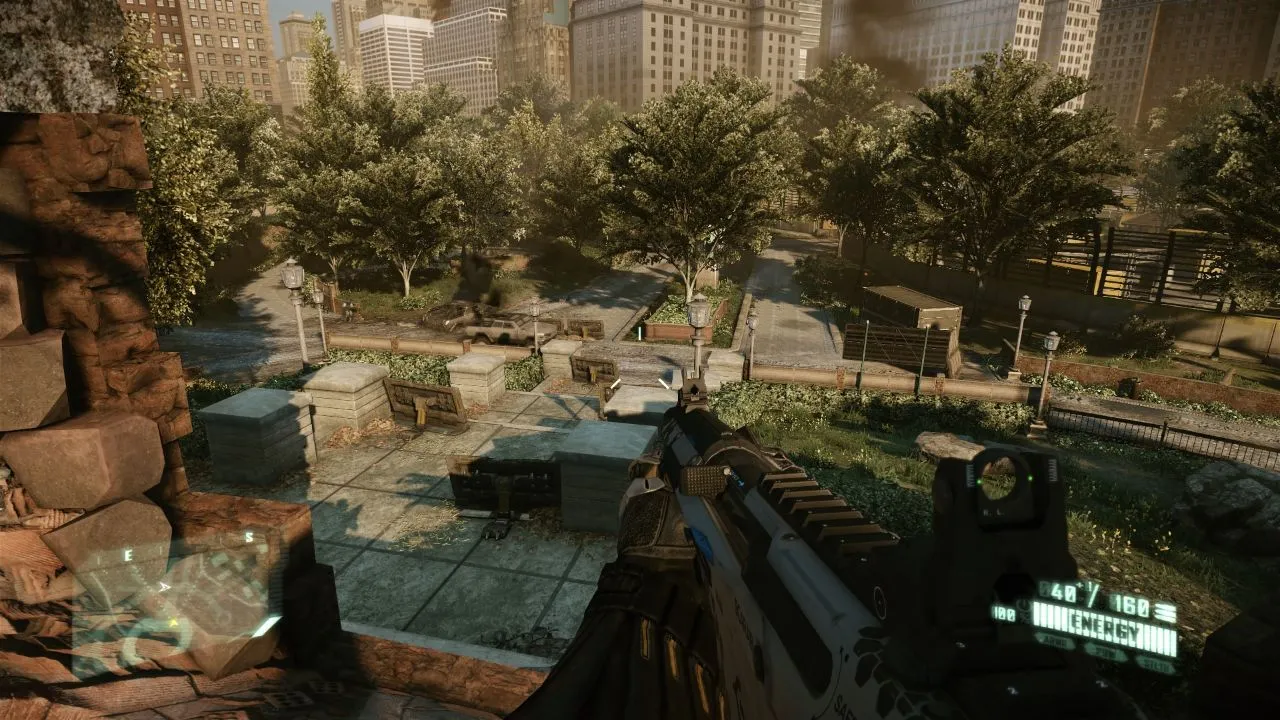
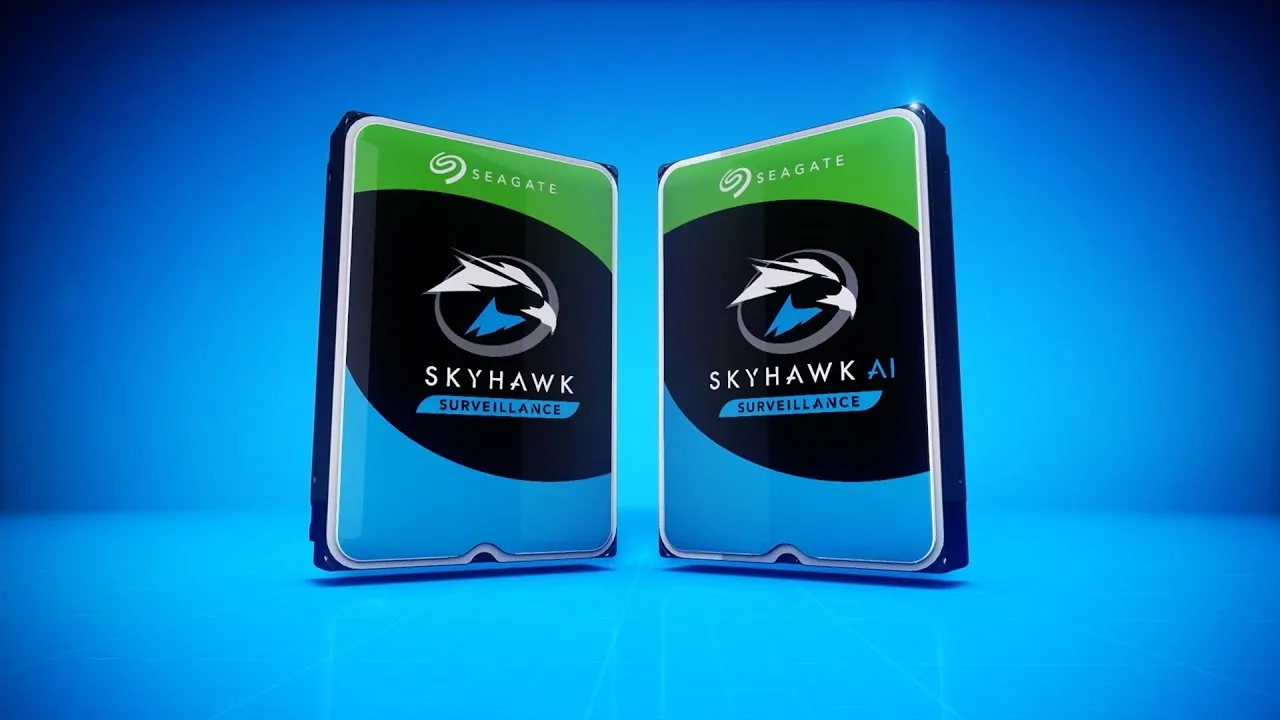
Comments (0)